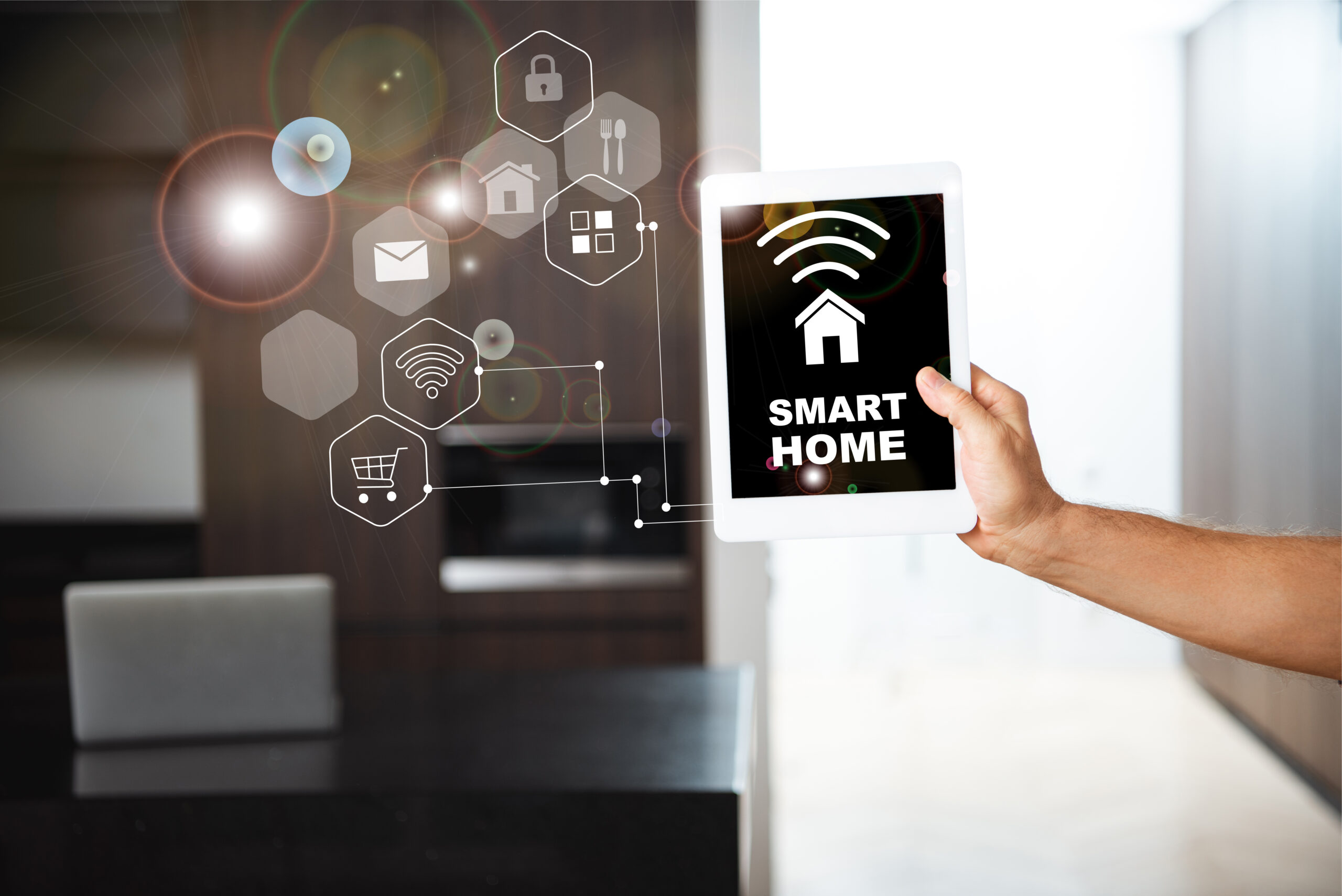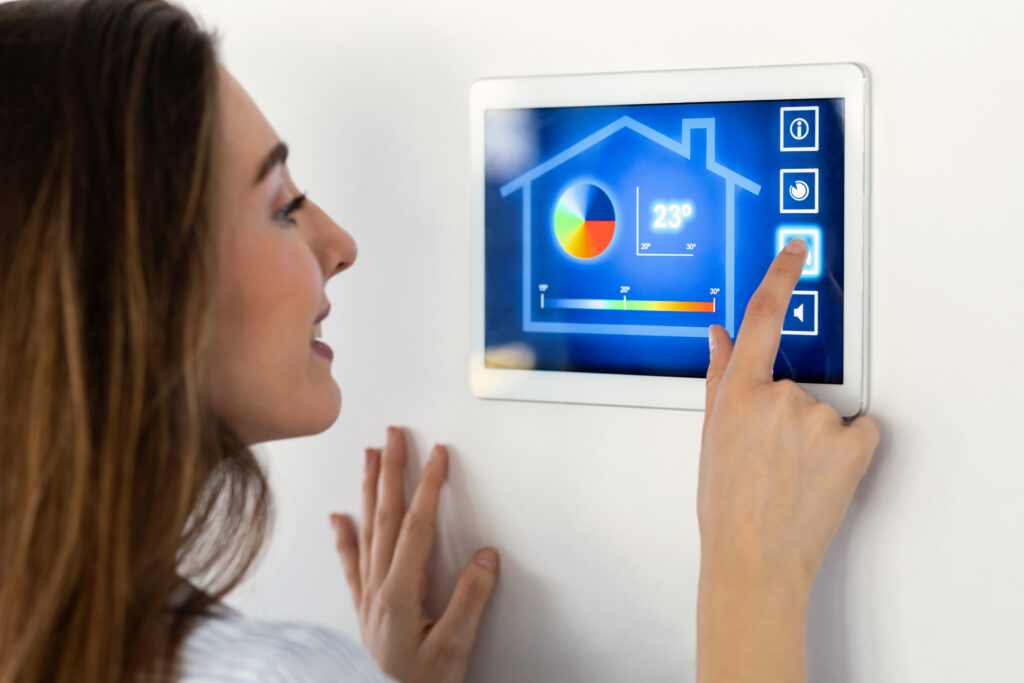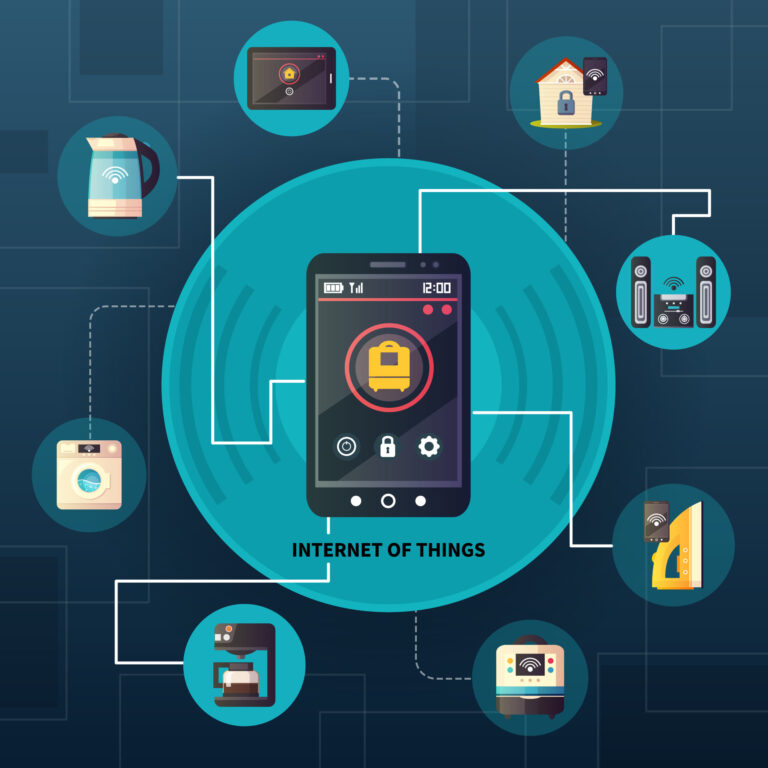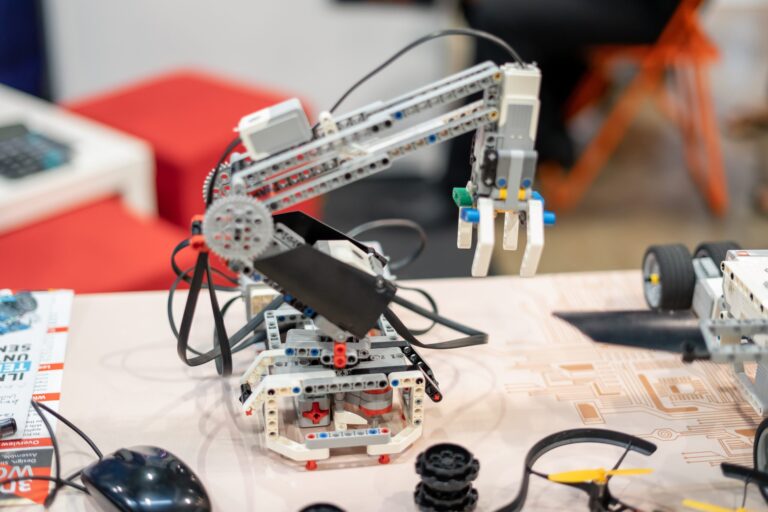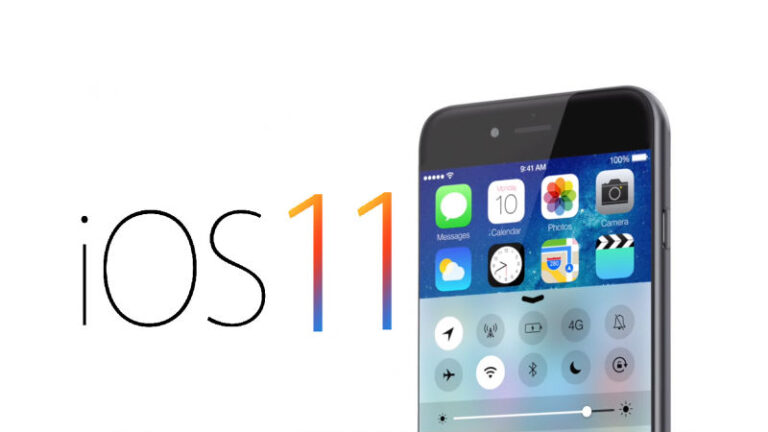Make Your Home Smart With Home Automation
Alexa, turn off the light… Doesn’t this belong to you? Is your home filled with Alexa-like devices? Most modern houses have some sort of automated system. The doors to our home open at the touch of a finger, the fan shuts off with the wave of a hand, and the security system disarms automatically when we get within range. Through the installation of a sophisticated system, home automation enables the automation of responsibilities connected to safety, health, and comfort. Simply said, it’s the practice of incorporating technological elements into the aesthetic planning of a room or building. Saving money on utility bills is a major perk of home automation systems. If you automate your heating, illumination, safety, and communication systems, you can save a great deal of money and reduce energy wastage. Users’ quality of life also improves because their homes may meet all of their requirements.
Home Automation
The term “home automation” refers to the practice of utilizing technology to regulate many parts of a home, such as a temperature, lighting, appliances, and security systems. It gives homeowners the ability to automate a variety of operations and take remote control of their homes by utilizing electronic devices such as smartphones, tablets, and voice assistants. A home automation system can be as basic as a single smart light bulb or as complicated as a fully integrated system that controls every part of the home. The level of complexity of a home automation system can range from simple to extensive.
Some common examples of home automation include:
Smart Thermostats: These devices allow you to control the temperature of your home remotely, set temperature schedules, and track your energy usage.
Smart Lights: You can control the brightness, color, and scheduling of your lights using a smart light bulb or smart switch.
Smart Security Systems: These systems can include doorbell cameras, smart locks, and motion detectors that can alert you to any unusual activity in your home.
Smart Appliances: Many appliances, such as washing machines, dryers, and refrigerators, now have smart versions that can be controlled and monitored remotely.
Features Of Home Automation System
When it comes to automating a home or building, there is more than one system and architecture to choose from. These may include, but are not limited to, the following, depending on the characteristics of the system:
Wireless Home Automation System
They function using waves of radio frequency and are simple to set up because there is no wire that needs to be set up, so there is no labor involved.
Wired Home Automation System
The signal is transmitted via dedicated cables, ensuring its security, efficiency, and stability. Cable installation may necessitate some effort.
Depending on how the home automation system was installed, the following architectural configurations are possible:
Centralized Architecture
Information is received, processed, and sent to each device via a central controller that is installed. Usually, wired systems employ this solution.
Distributed Architecture
The architecture is distributed to all of the modules in the home that process information and carry out orders, rather than being centralized in one place. In both wired and wireless systems, it is extensively employed.
Mixed Architecture
To process the information and communicate it to the other devices, small devices are positioned all over the house. Systems that are completely wireless frequently employ this style of architecture.
Working Of Home Automation System
Different communication protocols, including Wi-Fi, Bluetooth, and ZigBee, are used to connect the various devices that make up a home automation system to the internet. This network is what makes home automation operate. Remote control of the gadgets is possible due to electronic interfaces in the form of controllers. These controllers might be voice assistants like Alexa or Google Assistant, or they could be apps. The majority of these Internet of Things (IoT) gadgets feature sensors that track changes in light, temperature, and motion so the user may learn more about the environment around the device. Actuators are physical mechanisms such as smart light switches, motorized valves, or motors that allow objects to be controlled remotely. The user activates actuators in order to make changes to the device that are manifested in its physical form.
Smart Home
A smart home is one that contains automated, Internet of Things devices that are linked to mobile applications. Users can control many things in their homes using these IoT devices, including lights, security systems, and appliances. A smart home is technically any home that has an internet connection and IoT devices.
PCBs In Home Automation System
Printed circuit boards, more commonly abbreviated to PCBs, can be found in a broad variety of electrical devices, including many home automation systems. They offer a means of connecting electrical components to one another as well as routing signals between those components. PCBs are utilized in home automation systems to manage a variety of aspects of the house, including the temperature, the lighting, and the appliances. For instance, a Printed Circuit Board (PCB) in a smart thermostat may be used to regulate the temperature of the home, and a PCB in a smart light switch could be used to control the intensity of the lights as well as the color they emit. PCBs used in home automation systems may also include microcontrollers or other kinds of processors, which provide the system the ability to carry out a variety of activities and make decisions based on information received from sensors and other sorts of devices.
Printed circuit boards (PCBs) are an important component of home automation systems for a few reasons:
- They provide a way to connect and route signals between the various electronic components in the system. This allows the different components to communicate with each other and perform their intended functions.
- PCBs allow for the integration of microcontrollers or other processors, which can be used to control the system and make decisions based on input from sensors or other devices.
- PCBs can be customized to meet the specific needs of a home automation system. For example, a PCB might be designed to control a specific type of appliance or sensor, or it might be designed to handle a certain amount of current.
- PCBs are typically small and lightweight, which makes them well-suited for use in home automation systems where space is at a premium.
- Overall, the use of PCBs in home automation systems helps to make these systems more reliable, efficient, and easy to use.
Benefits Of Making A DIY Home Automation System
There are several benefits to creating a DIY home automation system:
Cost: Building your own system can be significantly less expensive than purchasing a pre-made one.
Customization: When you build your own system, you can customize it to meet your specific needs and preferences.
Learning Opportunity: Building a home automation system can be a great learning opportunity, as it requires knowledge of programming, electronics, and home networking.
Sense Of Accomplishment: There is a sense of accomplishment that comes with building and installing your own home automation system.
Improved Functionality: A DIY home automation system can be tailored to your exact needs, potentially offering improved functionality compared to a pre-made system.
Overall, a DIY home automation system can be a rewarding and cost-effective project for those interested in home improvement and technology.
If you are passionate about electronics, it is likely that you will build your own home automation system using your considerable ingenuity and enthusiasm rather than purchasing one of the commercially produced options that are already on the market. Here is where PCBs become important to you. If you are an electronics enthusiast, PCBWay’s products will be very useful to you.
Make Your Own Home Automation at PCBWay
Chinese PCB manufacturing business PCBWay was established in Hangzhou in 2014. They specialize in producing PCB prototypes on a small- and medium-scale. Thanks to their companies’ exceptional production capabilities and more than 15 years of industry experience, their products have been successfully marketed in 150 countries and used by 250,000 clients globally in the previous four years. PCBWay provides everything needed to create electronics projects from start to finish. By making investments in modern machinery, quality assurance, and customer support, PCBWay offers premium services at very competitive prices. The company stands out for its support of a variety of technologies, its user-friendly website, and, most significantly, its strong community support.
Your ideal home automation project can be realized with the help of PCBWay’s extensive selection of relevant items. They have an open-source focus on home automation, and members can share, learn and discuss their ideas with each other inside this community. Many different projects involving home automation can be found there. The following are some examples of home automation projects that have been uploaded to their community:
Click Here to Know About PCBWay Home Automation Community
Apple HomeKit ESP8266 WS2812FX Driver
WS2812B driver board that is easy to use and is developed specifically for controlling NeoPixel LEDs with ESP8266 and Apple Homekit without the need for a home bridge.
Smart Doorbell
A classic doorbell can be replaced with a more modern device that is connected to the internet and is known as a smart doorbell. It may “bell” a smartphone or other device in your home and interact with a home automation system to show real-time video from your front door. Additionally, it can send a notification to your smartphone or other devices in your home. The ringing of the doorbell will alert you to the presence of a visitor.
EGY Smart Touch Sensor Smart Faucet Device
Smart faucets let you start the flow of water with just a light touch to the body, spout, or handle. This feature makes it simple to turn on the water flow just when necessary, which contributes to conserving water and improving motion efficiency. The touch-sensitive system can tell the difference between a tap to start the water flowing and a grip to change the position of the faucet. Touch-sensitive functioning distinguishes between a tap to trigger water flow and a grab to move the faucet.
Applications Of PCB in Home Automation Systems
Here are a few examples of PCB home automation projects that use printed circuit boards:
Smart Temperature Controlling Systems
A smart thermostat is a device that can be used to control the temperature in a home or office. It typically includes a PCB that is used to connect the various components of the device, such as the temperature sensor, display, and control buttons. The PCB is also used to route electrical signals between these components, allowing the thermostat to function as intended.
Smart Illumination System
A smart lighting system is a home automation system that allows users to control the lighting in their home using a smartphone or other device. It normally comes with a PCB for connecting the system’s numerous parts, including the lightbulbs, control buttons, and wireless communication module.
Home Safety And Security System
A home security system is a device that is used to protect a home or office from intruders. It typically includes a PCB that is used to connect the various components of the system, such as the sensors, control panel, and alarm. In order for the security system to operate as planned, electrical signals are also sent between these components using the PCB.
Home Entertainment System
A home entertainment system is a device that is used to play music or video in a home or office. It typically includes a PCB that is used to connect the various components of the system, such as the speakers, display, and control buttons. The PCB also serves as a conduit for electrical signals between these components, allowing the entertainment system to function as intended.
Conclusion
When it comes to ideas, the sky’s the limit. Moreover, both technological advancements and human abilities are flourishing at the present time. The field of home automation is expanding rapidly. An interest in electronics will make this a great arena in which to exhibit one’s abilities to the globe. PCBWay is an excellent choice to consider using if you are interested in gaining knowledge about home automation projects and developing your own. They have a large and supportive community for home automation projects.
The truth is that automating your entire home won’t take less than several days. Just keep going till you reach your objective. Automation may make your life easier and safer in countless ways.
